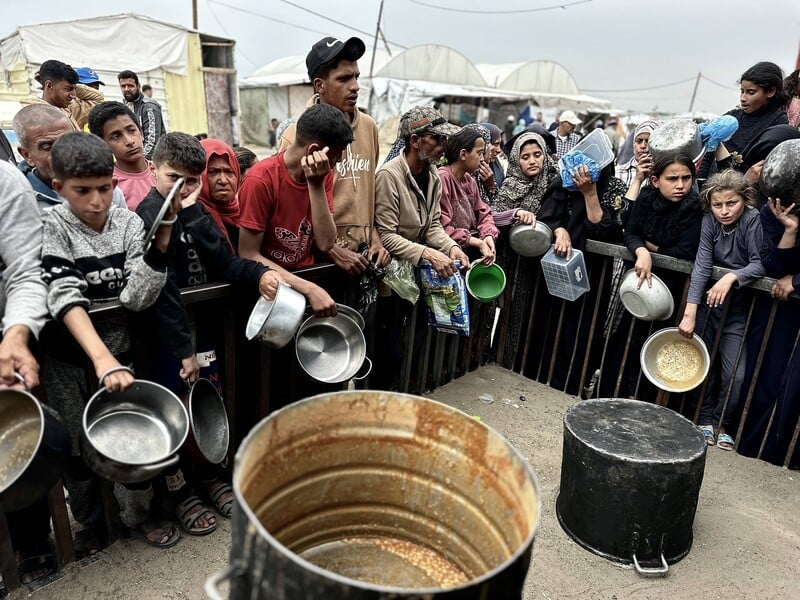- cross-posted to:
- [email protected]
- cross-posted to:
- [email protected]
Israel resumed its genocidal attacks on the Gaza Strip on 18 March, issuing evacuation orders for nearly 37 percent of the territory and designating these areas as combat zones.
This escalation followed Israel’s complete closure of the Rafah crossing in early March, cutting off essential supplies – food, medicine and fuel – pushing Gaza’s already dire humanitarian crisis to the edge of catastrophe. By late March, the situation had worsened, with Israel ordering the full evacuation of Palestinians from Rafah, a city devastated by invasion since May 2024, albeit briefly interrupted by a ceasefire.
According to Axios, citing a senior Israeli official’s comments to the media, the Israeli military has intensified its ground offensive, aiming to occupy 25 percent of Gaza within weeks as part of a “maximum pressure” campaign to force Hamas to release hostages. Thousands who already lost their homes may never return, as entire neighborhoods reduced to rubble in previous attacks are now being overtaken by Israeli forces.
Gaza is shrinking, fueling fears that this is the first step in a larger plan to displace Palestinians entirely. Israeli officials have openly discussed plans for long-term control over occupied areas, with some calling for the forced transfer of Palestinians to neighboring countries. With no safe zones and sealed borders, we are trapped – pushed from place to place, starving under relentless bombardment, while essential infrastructure, including hospitals and shelters, collapses under the weight of destruction.
These attacks came after Israel broke a fragile two-month ceasefire, during which speeches and plans were made about Gaza’s possible future.


